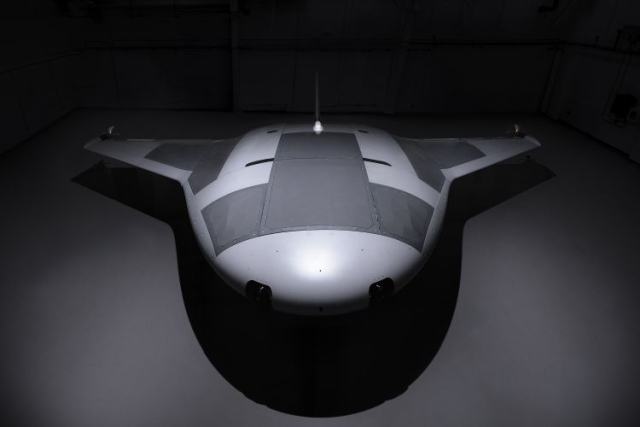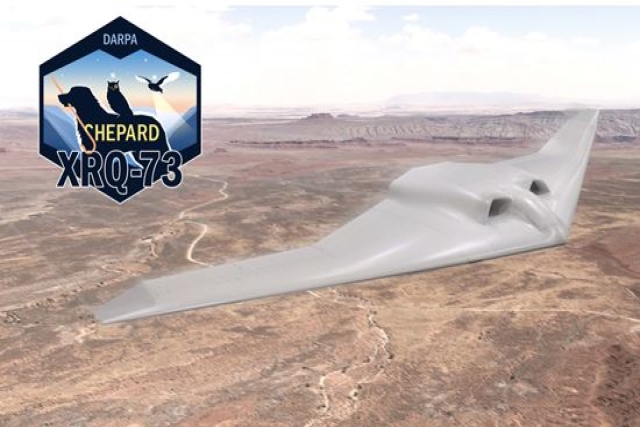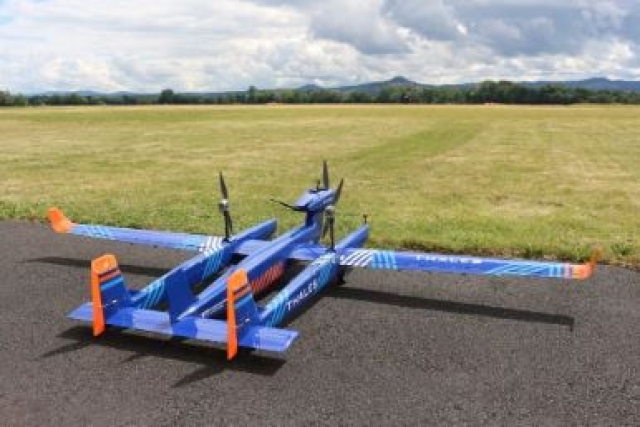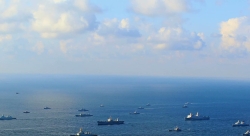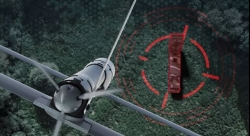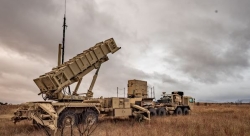China Deploying Biomimetic Submersibles that Imitate Manta Rays in South China Sea
Biomimetic submersibles imitating manta rays likely have higher endurance, longer range, and better acoustic stealth than traditional submarines and underwater drones.

China has commenced the deployment of a series of biomimetic submersibles designed to imitate the movement of manta rays in the South China Sea.
These underwater drones, developed by a team at Northwestern Polytechnical University of China with complete intellectual property rights, are intended for a variety of applications, including armed reconnaissance missions in the near future, state-owned China Central Television (CCTV) reported on Sunday.
The submersibles, inspired by the swimming mechanics of manta rays, or devil fish, are part of a series that includes six different variants with operating weights ranging from 10 kilograms to 720 kilograms. This series has been under development since 2006. Videos released show these submersibles swimming with a natural motion similar to that of real manta rays.
Lu Yang, a researcher from the development team, explained that the team observed real manta rays and studied dissected specimens to understand their swimming dynamics. This research enabled the development of submersibles that swim faster and more efficiently.
The current versions of the submersibles are equipped with optical cameras, sonar systems, a positioning system, and the BeiDou Satellite Navigation System. According to CCTV, new payloads are expected to be added in future iterations.
In 2023, a 460-kilogram prototype passed a depth test of 1,025 meters in the South China Sea. Additionally, multiple variants have completed 60-day underwater glides, marking the beginning of their practical deployment.
The smaller variants of these submersibles are set to be used for marine science and education, marine ranching, and monitoring the marine environment, such as observing coral growth in the South China Sea. The larger variants, which boast greater endurance and depth capabilities, are designed for data collection missions across the vast ocean.
Plans for the biomimetic submersibles include forming operational swarms as early as 2025. Hao Yiwei, another developer from the team, highlighted that while individual submersibles have limited payload and endurance, a swarm can carry more payloads over greater distances.
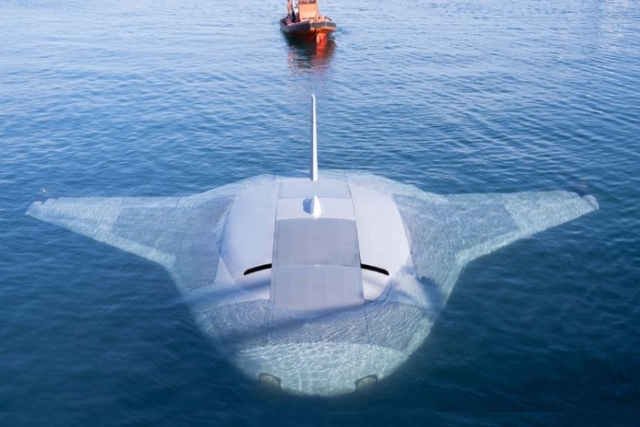
Cao Yong, a professor at Northwestern Polytechnical University, indicated that the team is working on deep-sea applications for an 800-kilogram-class variant. "In the future, ton-class prototypes will be developed, enabling the carrying of heavier payloads and sailing to farther distances. This will allow reconnaissance with higher efficiency, and eventually reach armed reconnaissance capabilities," Cao said.
China's advancements come as the U.S. also explores similar technologies. The Pentagon's Defense Advanced Research Products Agency (DARPA) tested a submersible called "Manta Ray," developed by Northrop Grumman, earlier this year.
A Beijing-based military expert, who requested anonymity, told the Global Times on Monday that these biomimetic submersibles, by imitating manta rays, likely possess higher endurance, longer range, and better acoustic stealth compared to traditional submarines and underwater unmanned vehicles. This makes them potentially valuable for underwater reconnaissance, anti-submarine, and anti-ship operations.

